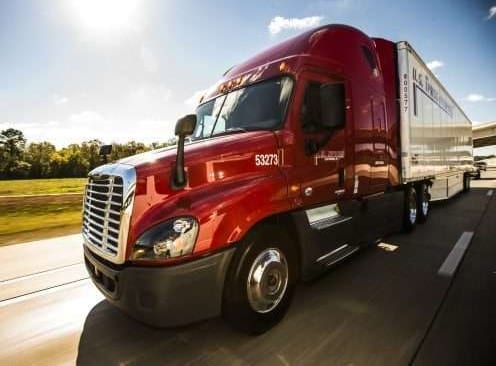When fleets look at adding new technology to their vehicles, they not only look at what the technology can do, but also what it costs. However, these days fleets aren’t just looking at initial purchase price, they are more concerned with total cost of ownership (TCO).
As stated in NACFE’s Guidance Report Medium-Duty Electric Trucks: Total Cost of Ownership, “A simplistic definition is that TCO includes the direct costs and indirect costs relevant to a system, an attempt to divvy up the cost information into buckets directly linked to manufacturing of a specific system, and those too diffused in overhead or unable to be tracked with consistency at a granular level tied to a system.”
The report adds, “Overhead, direct and indirect costs are severely lacking in clarity, as what is actually included in each will differ by organization, and there are still other company and end user costs that may not be included in these.”
Overhead, direct and indirect costs are severely lacking in clarity, as what is actually included in each will differ by organization, and there are still other company and end user costs that may not be included in these.
The TCO Equation
A number of factors go into the TCO equation. Some of them are easily quantifiable and can be considered hard costs/benefits. Others are tougher to pin down and are looked at as soft costs/benefits.
Hard costs/benefits include things like purchase price, fuel cost savings, maintenance and repair costs. It is common for us to see fleets using these costs to make purchase decisions. But there are other costs that can be easily defined, readily tracked and captured, including insurance costs, taxes, depreciation, residual value or salvage, etc. For years, NACFE has provided estimates of these various costs for consideration when adopting technologies to save fuel.
But other soft costs/benefits almost always will be a reality when a fleet begins using a technology. These are often obscured in overhead, distorted by bundling and are less tangible. Things like driver hiring and retention, training, compliance, customer goodwill, corporate image, sustainability goals, etc., fall into this category.
In the past, when trying to determine whether it made sense to add a technology to a vehicle, fleets focused solely on the hard costs and benefits. NACFE believes fleets need to start looking at some of the soft costs and benefits when determining return on investment and true total cost of operation. The soft costs tend to be risks to adoption, and the soft benefits are oftentimes not considered because buyers believe nothing ever goes better than planned, only worse.
A number of factors go into the TCO equation. Some of them are easily quantifiable and can be considered hard costs/benefits. Others are tougher to pin down and are looked at as soft costs/benefits.
AMTs and Solar Panels Add Benefits
Consider these examples. While automated manual transmissions (AMTs) have demonstrated fuel savings in the 1% to 3% range, fleets NACFE spoke with for its Confidence Report on Electronically Controlled Transmissions also found that many drivers, while at first skeptical of AMTs, ended up preferring them once they had a chance to drive a truck spec’d with an AMT. Fleet managers found that spec’ing AMTs enlarged the driver pool and allowed drivers to extend their careers. Since drivers reported being less tired at the end of the day when driving an AMT equipped vehicle, AMTs were a good driver recruitment and retention tool. So, we suggested monetizing that benefit of adoption.
Solar panels are another good example. The advantages of using solar power to keep refrigerators running and avoiding downtime (and therefore lost miles) waiting for jump starts can be valuable in keeping and finding new drivers. Solar and battery HVAC systems together can minimize engine idle time and therefore increase driver bonus opportunities.
Every fleet has an idea of what they are spending to recruit drivers and what it costs to replace drivers who leave. Those numbers need to be factored in to payback calculators.
TCO Calculator Includes Driver Retention
While there is no one right number to put into a TCO calculator, every fleet has an idea of what they are spending to recruit drivers and what it costs to replace drivers who leave. Those numbers need to be factored in to payback calculators.
In its TCO calculator for AMTs and solar panels, NACFE included a place to input annual savings in driver retention and hiring. In all sixteen NACFE Confidence Reports we outline a wide range of costs and benefits to adoption, and generally we try to monetize what we think the costs are. Each fleet should determine the value of each benefit and cost to their unique operation.
Determining whether a technology makes sense for a fleet should not solely be an exercise in adding up known hard costs and assigning a value to known quantifiable benefits. Fleets need to dig a little deeper and look at soft costs and benefits that might be harder to put a price tag on, but that still play a role in whether that technology is right for their operation.



